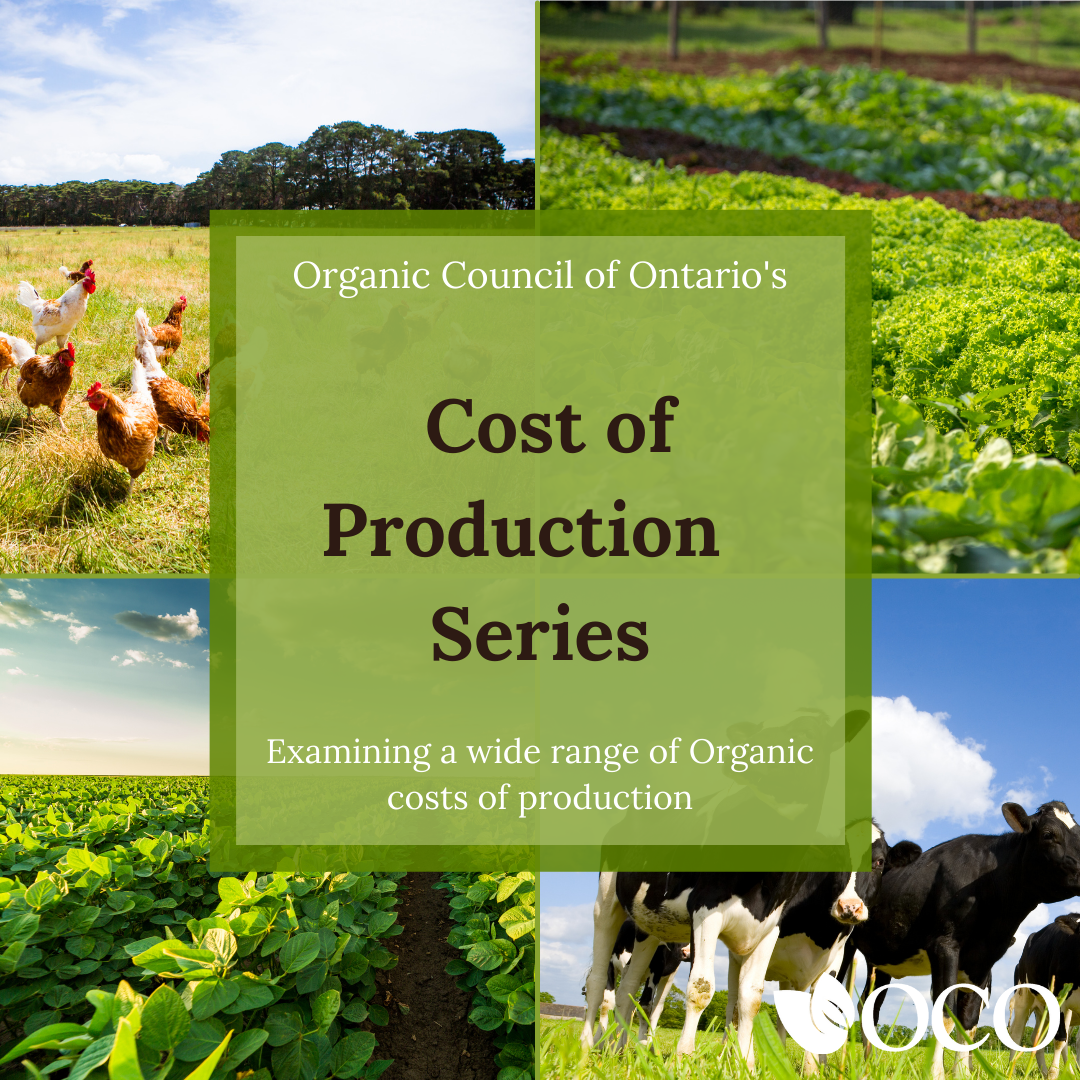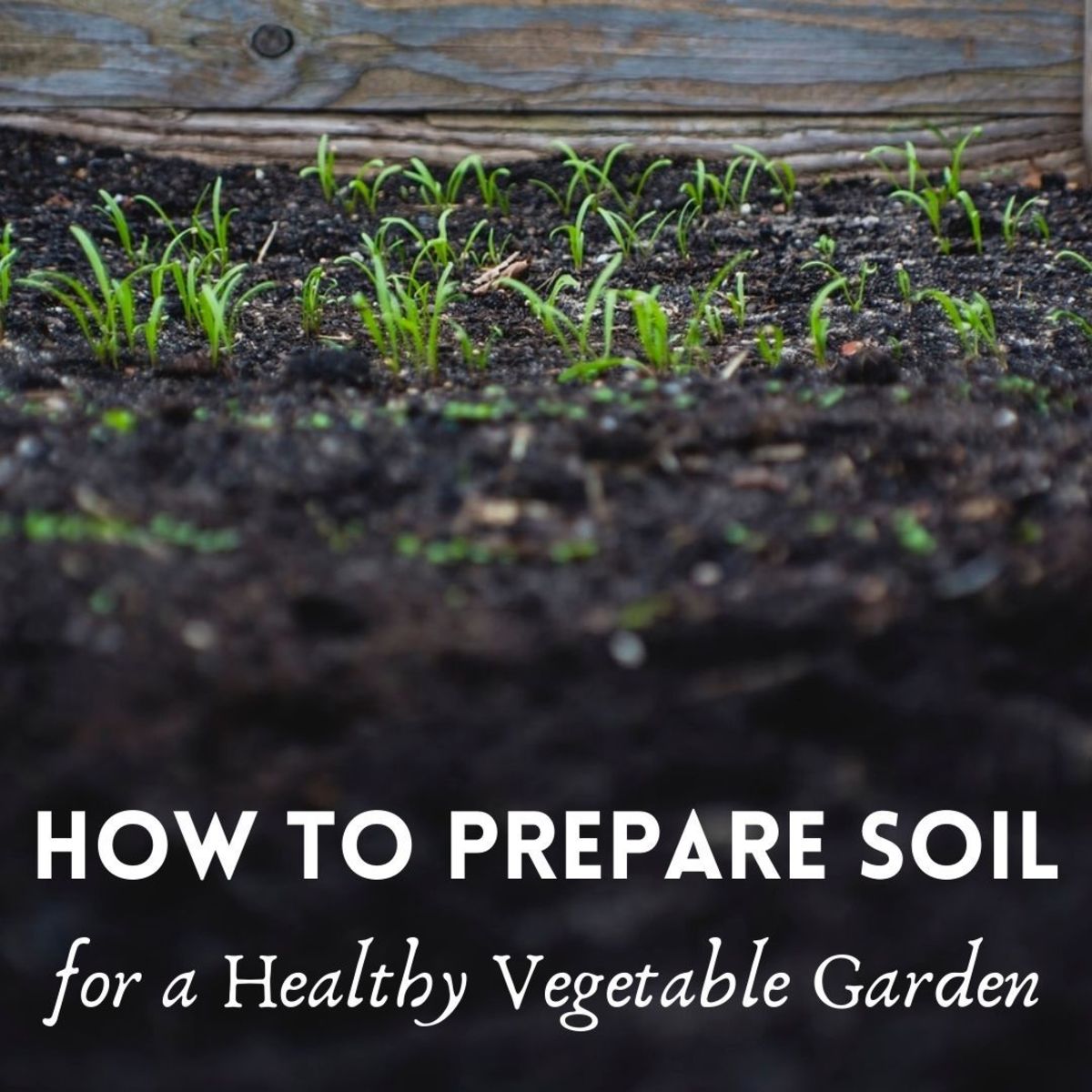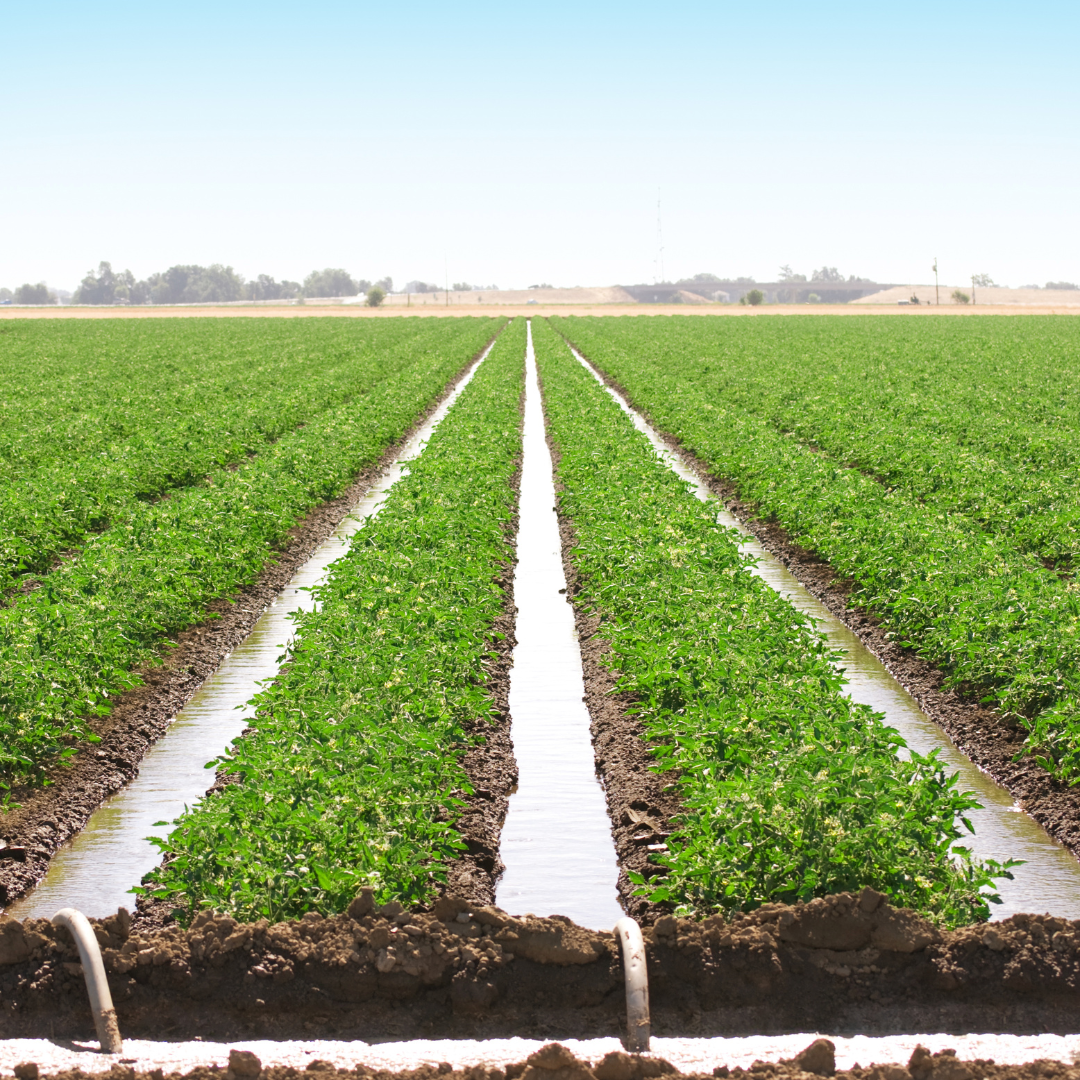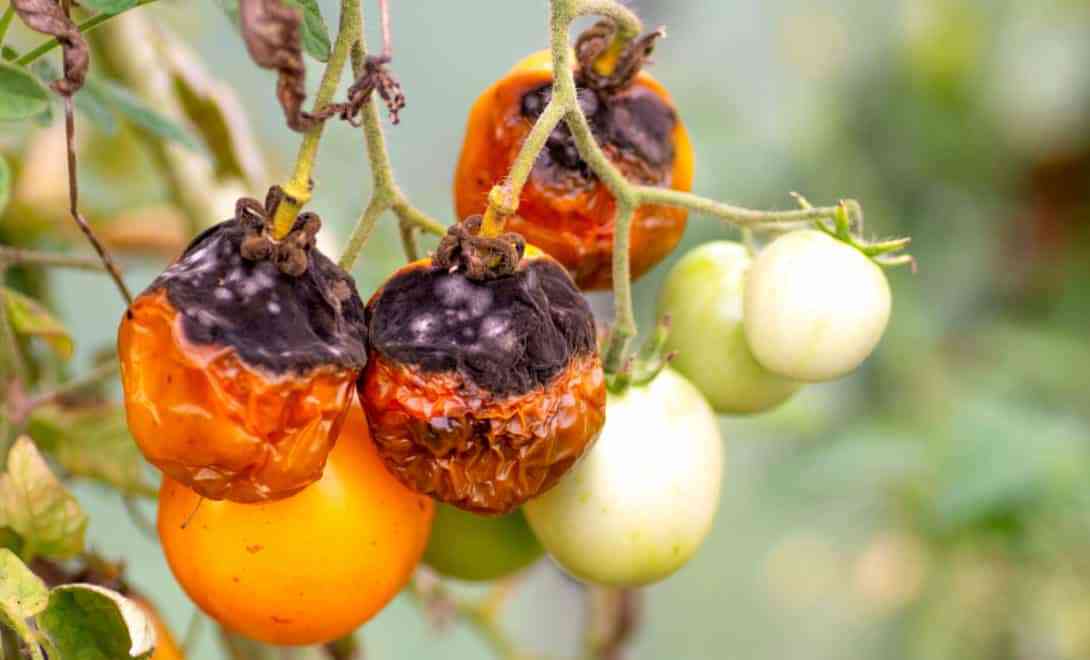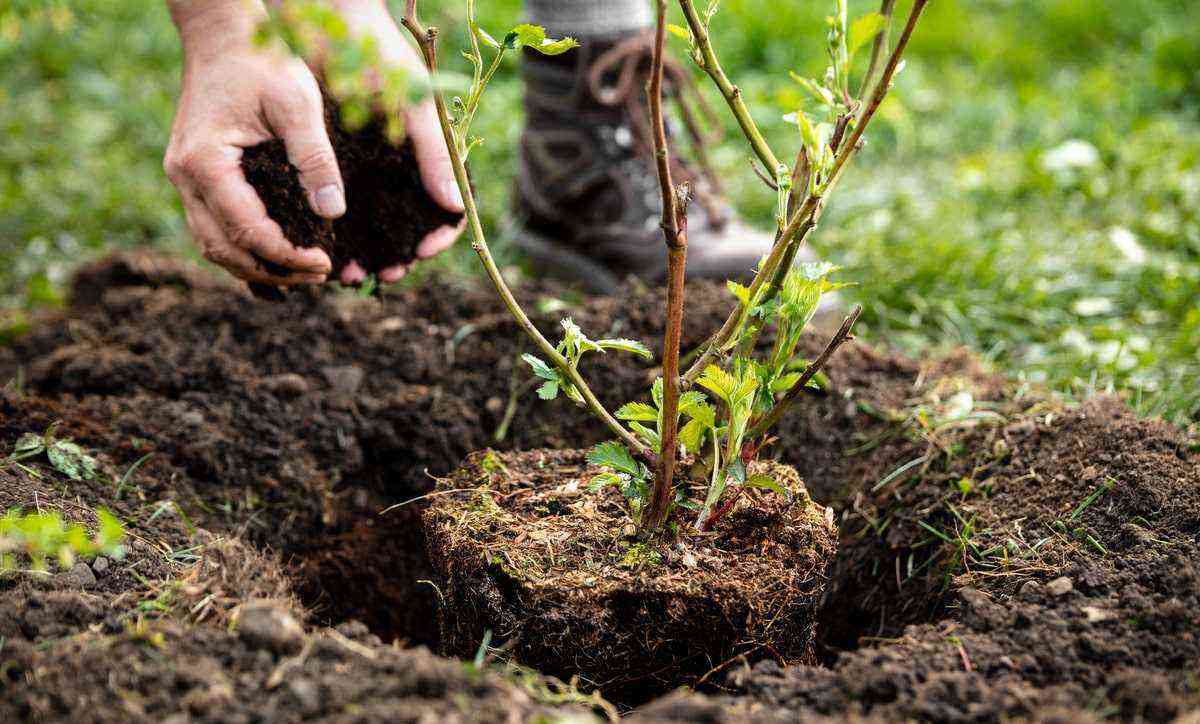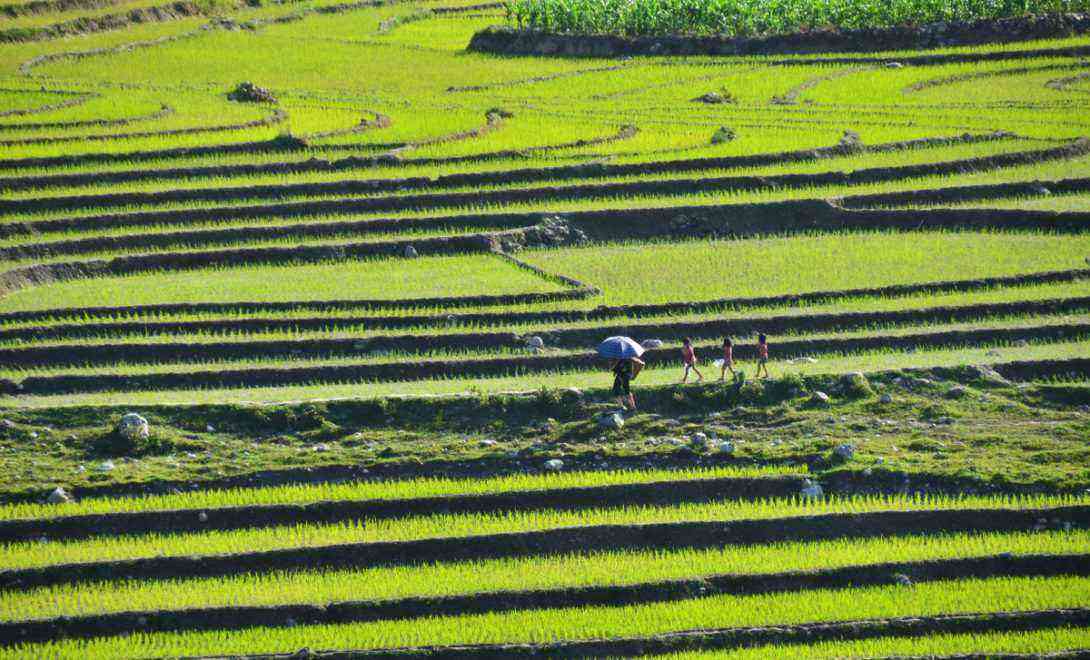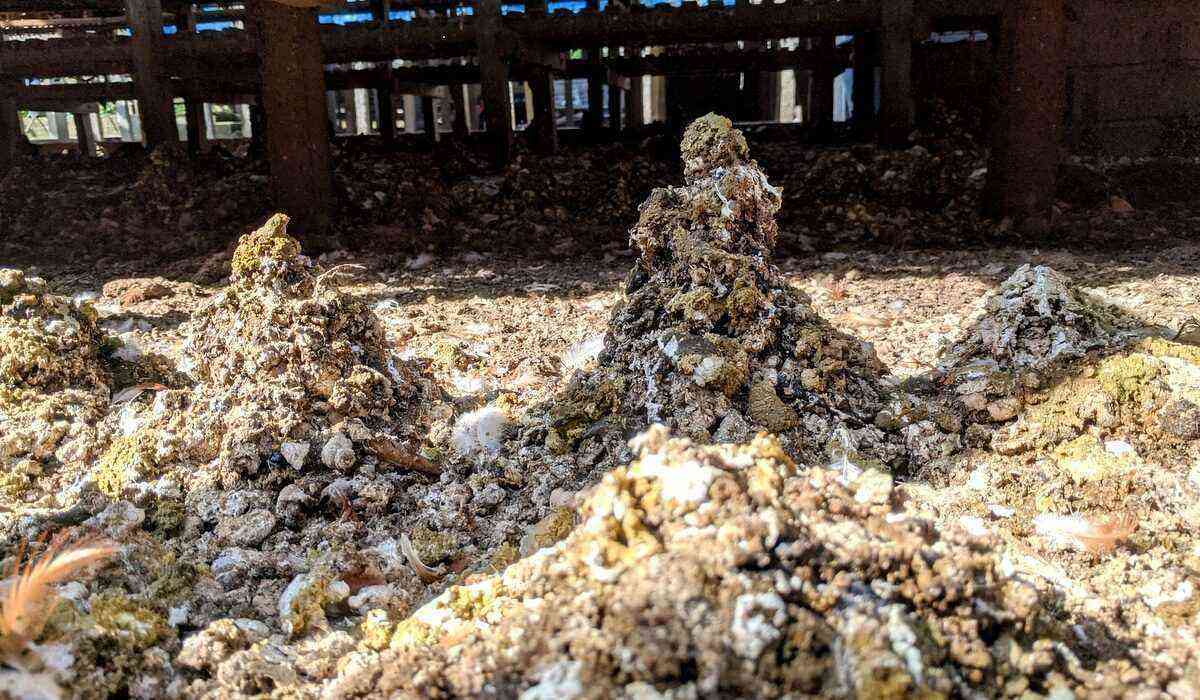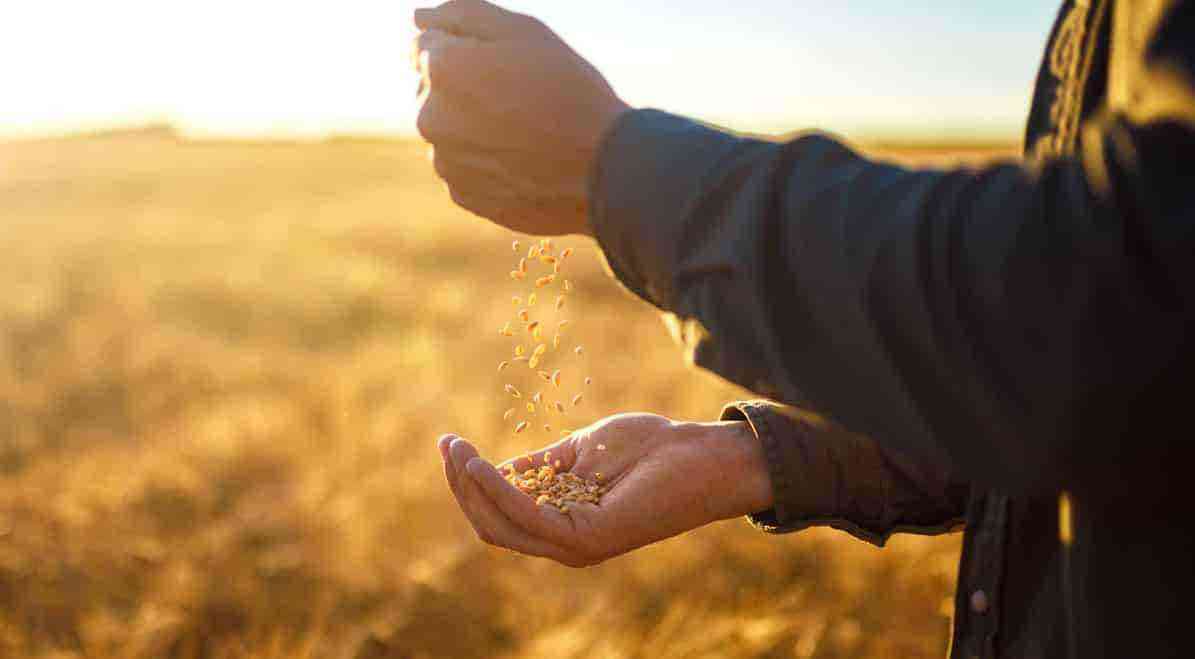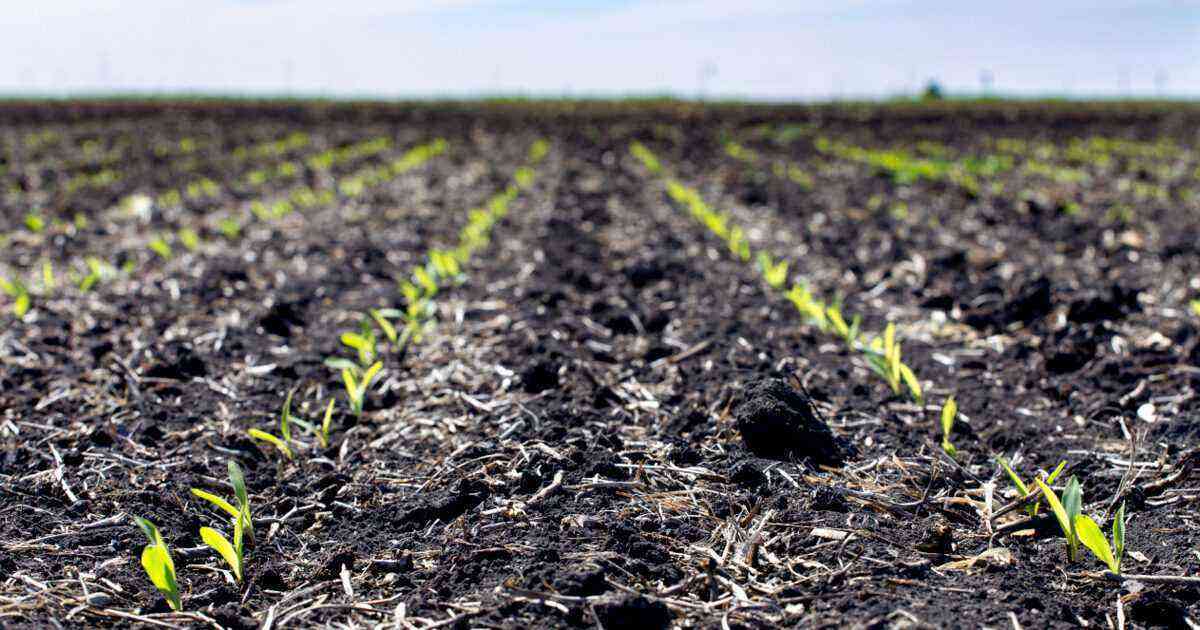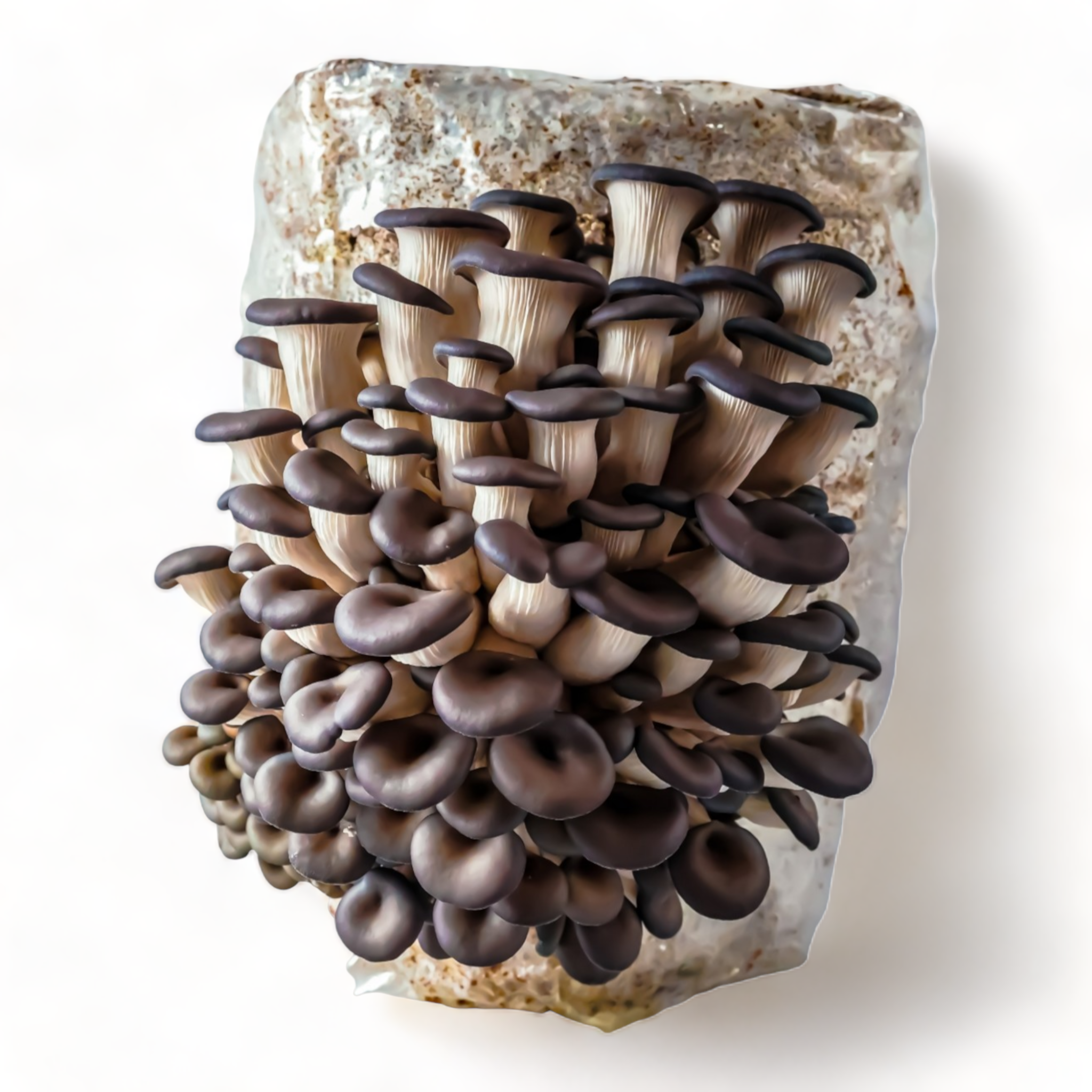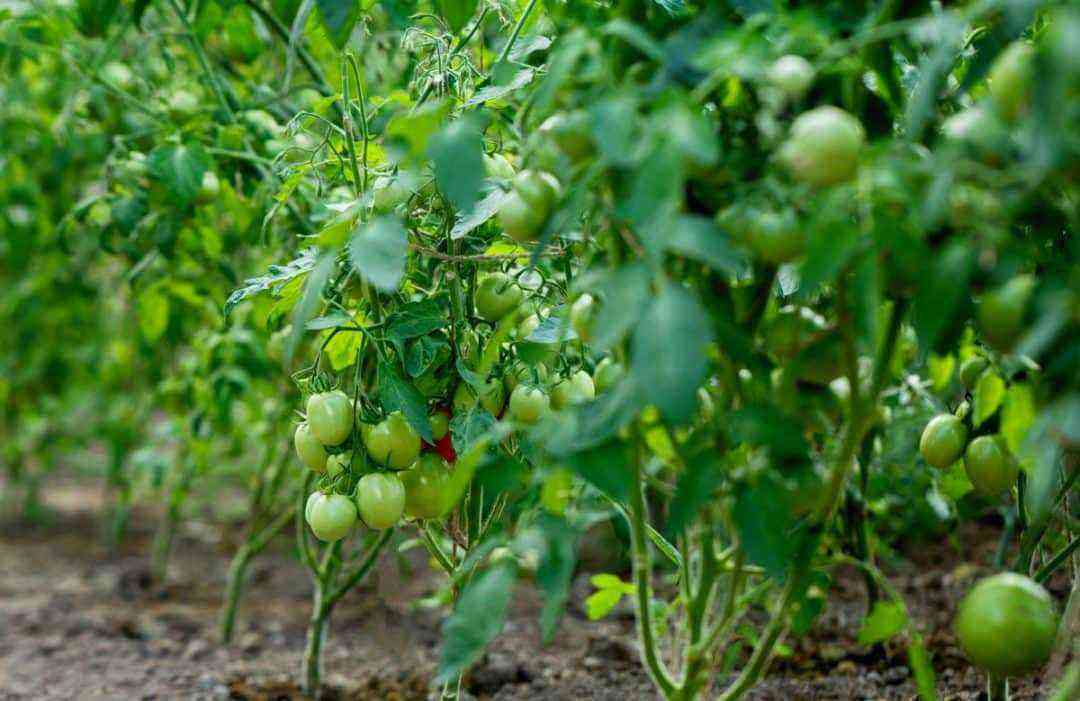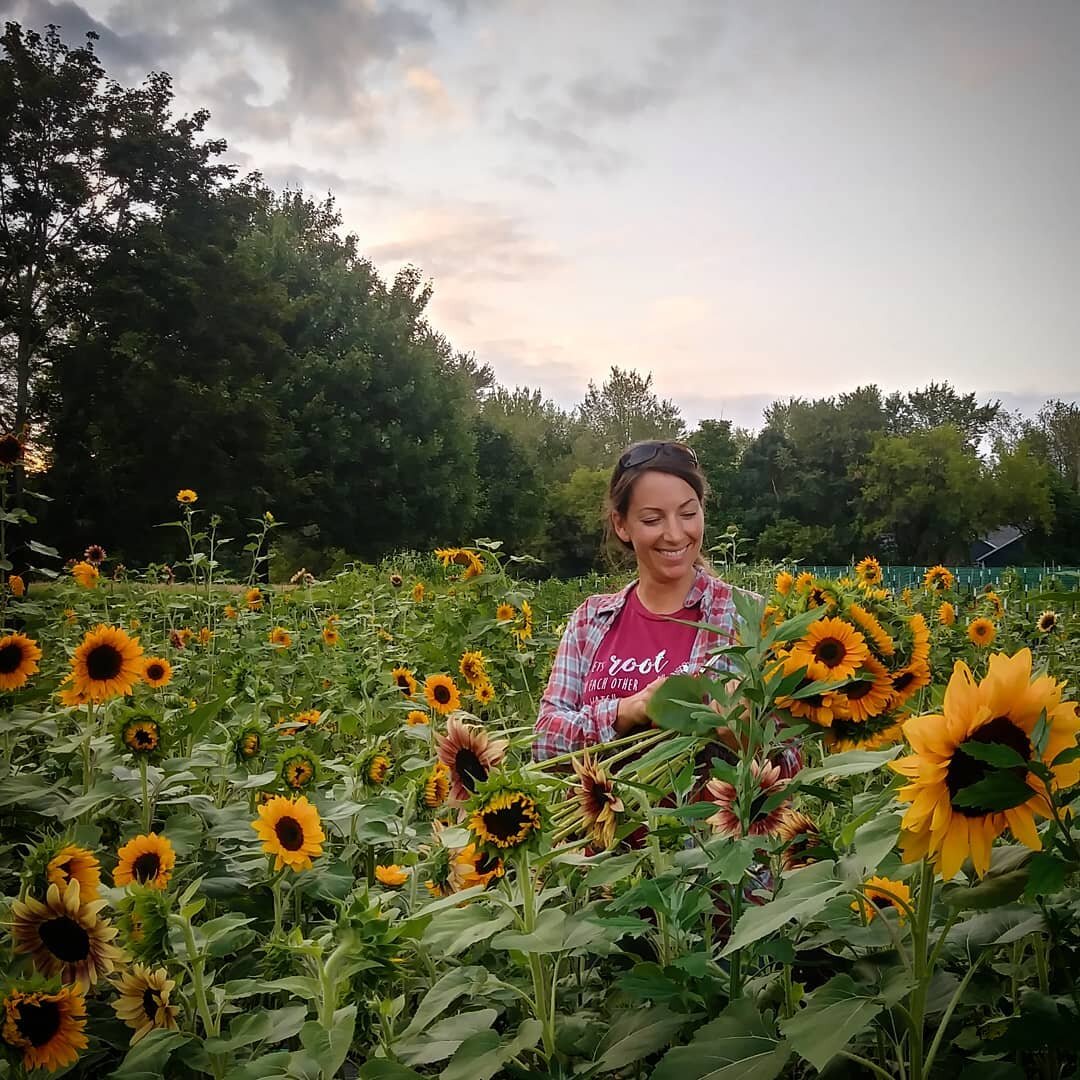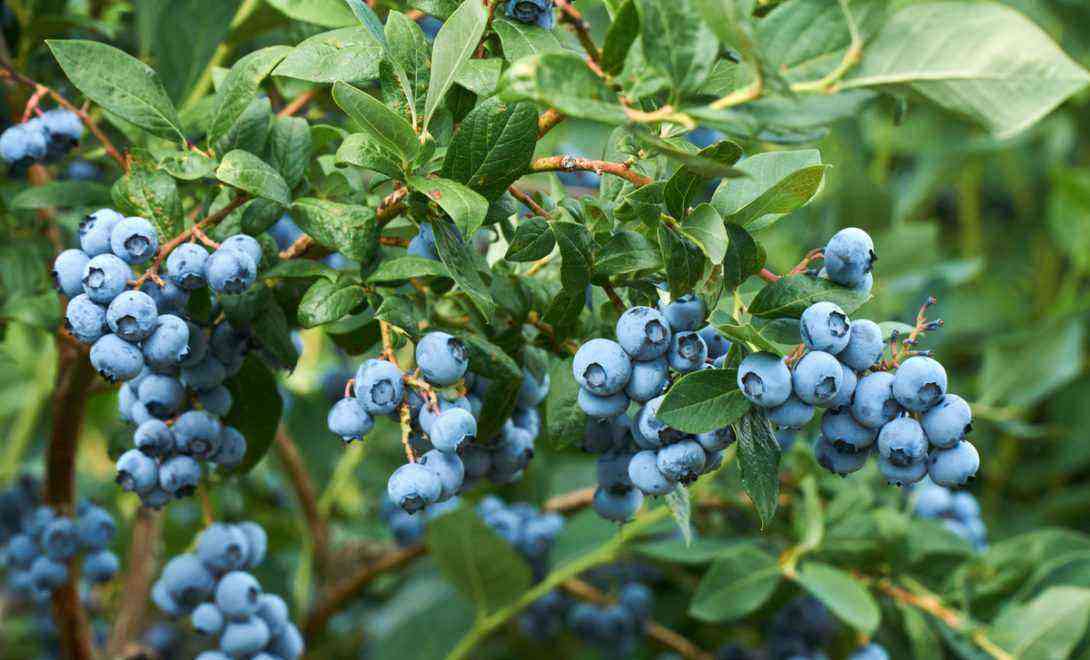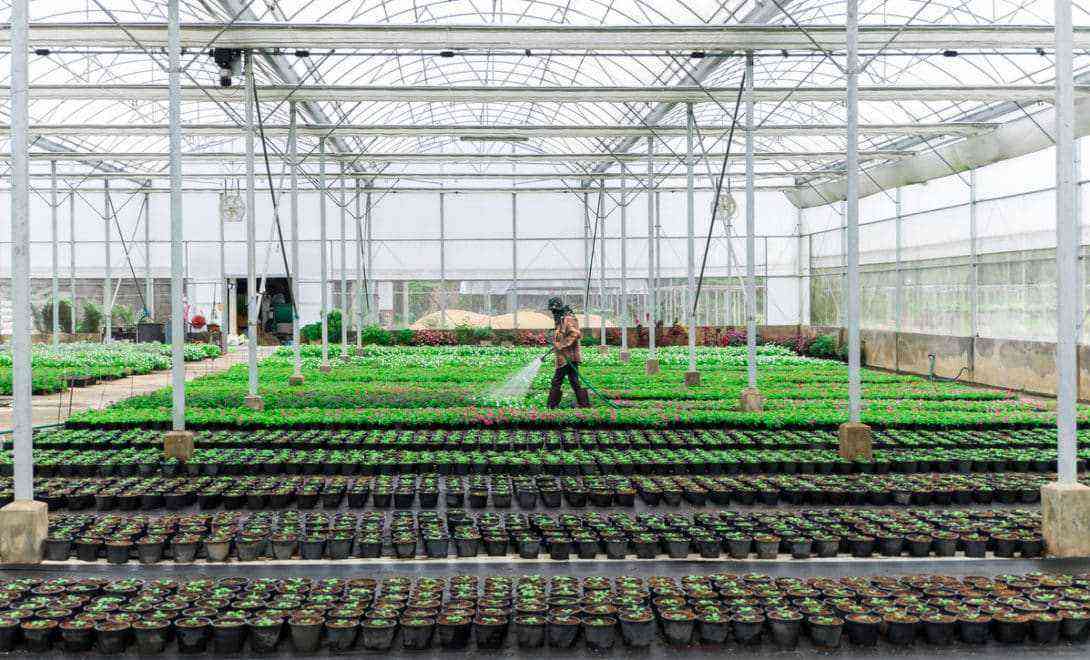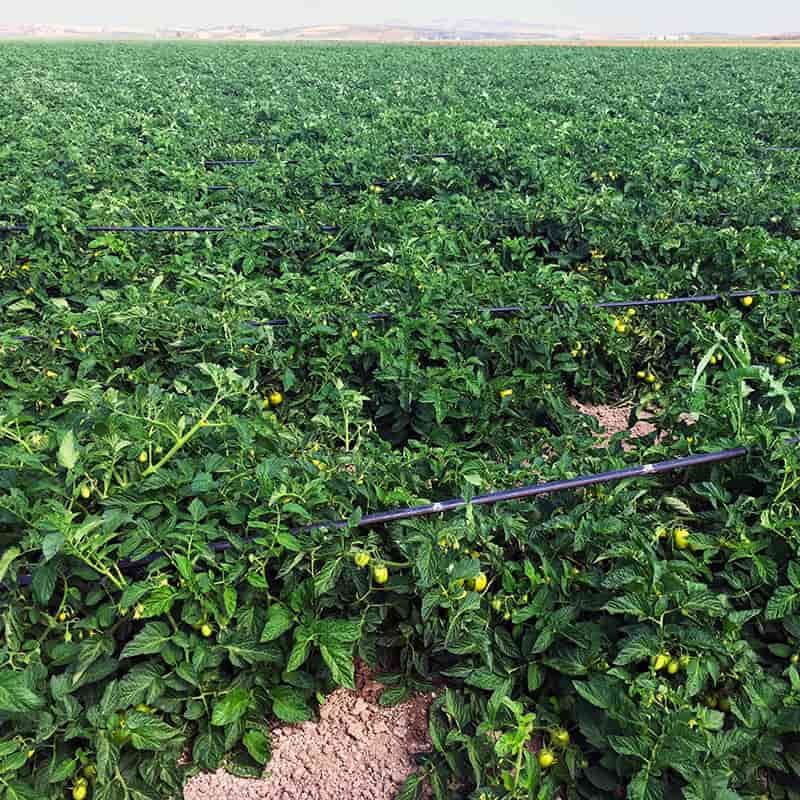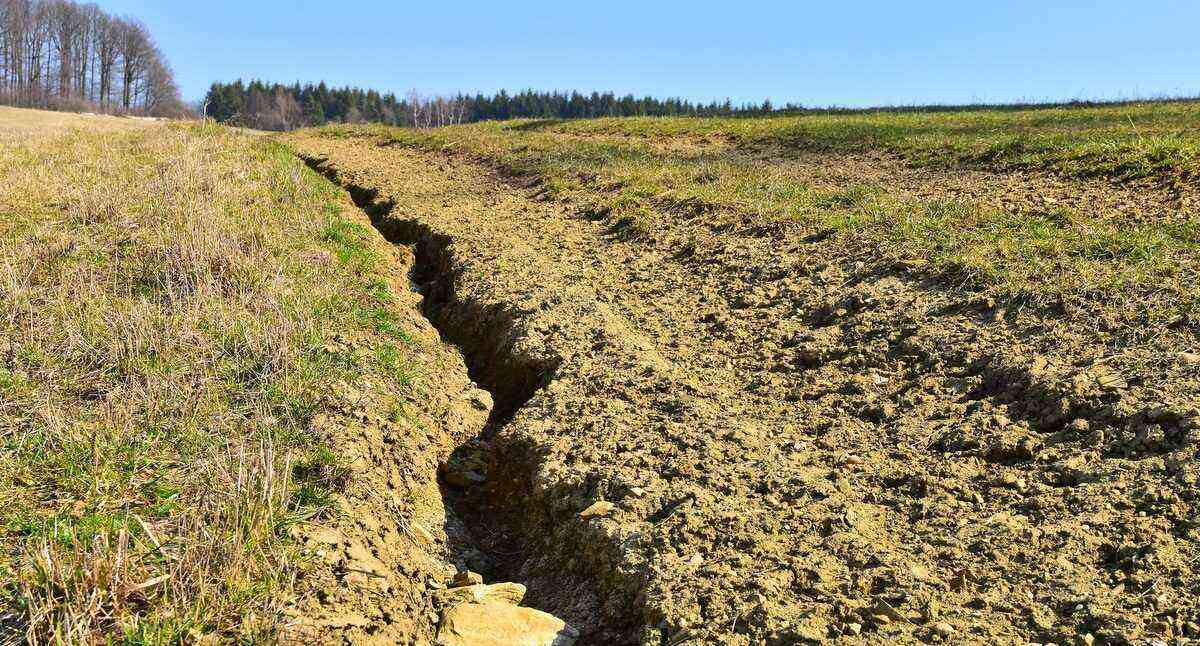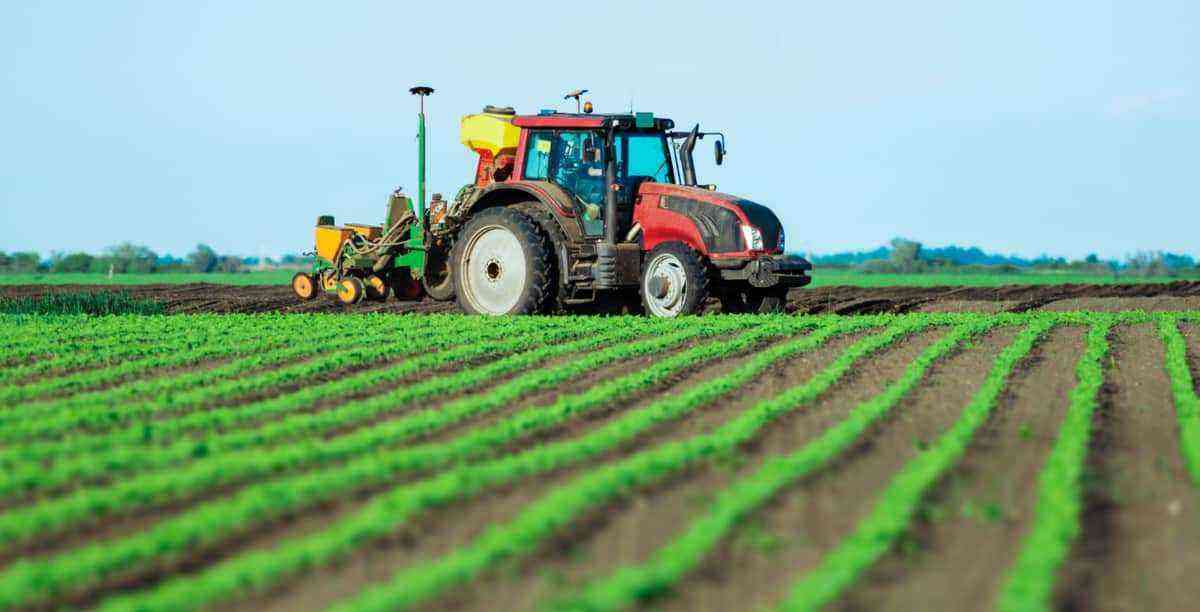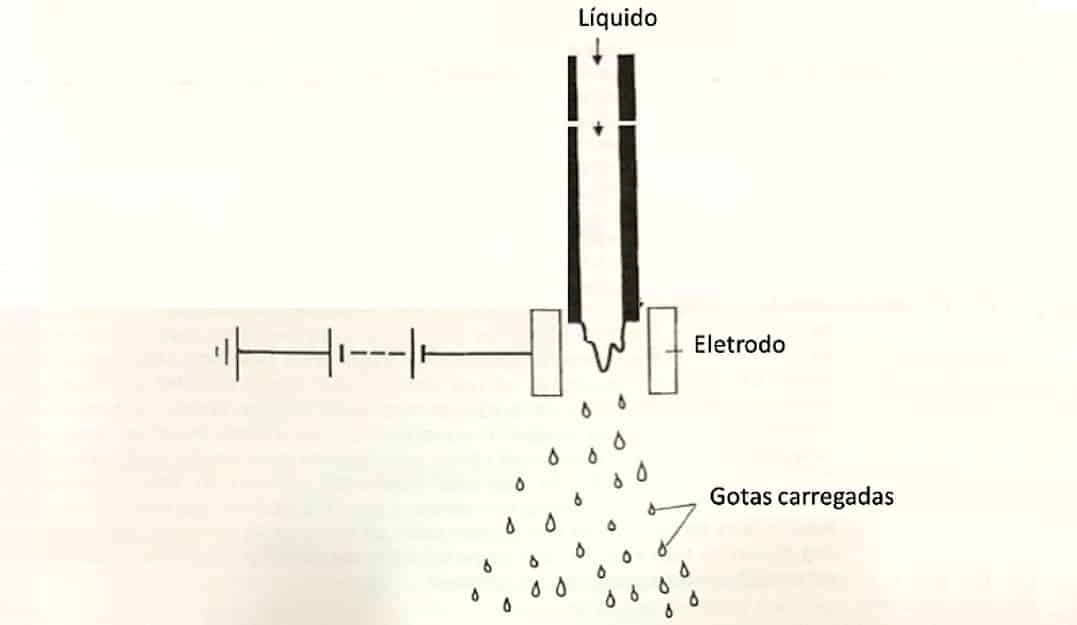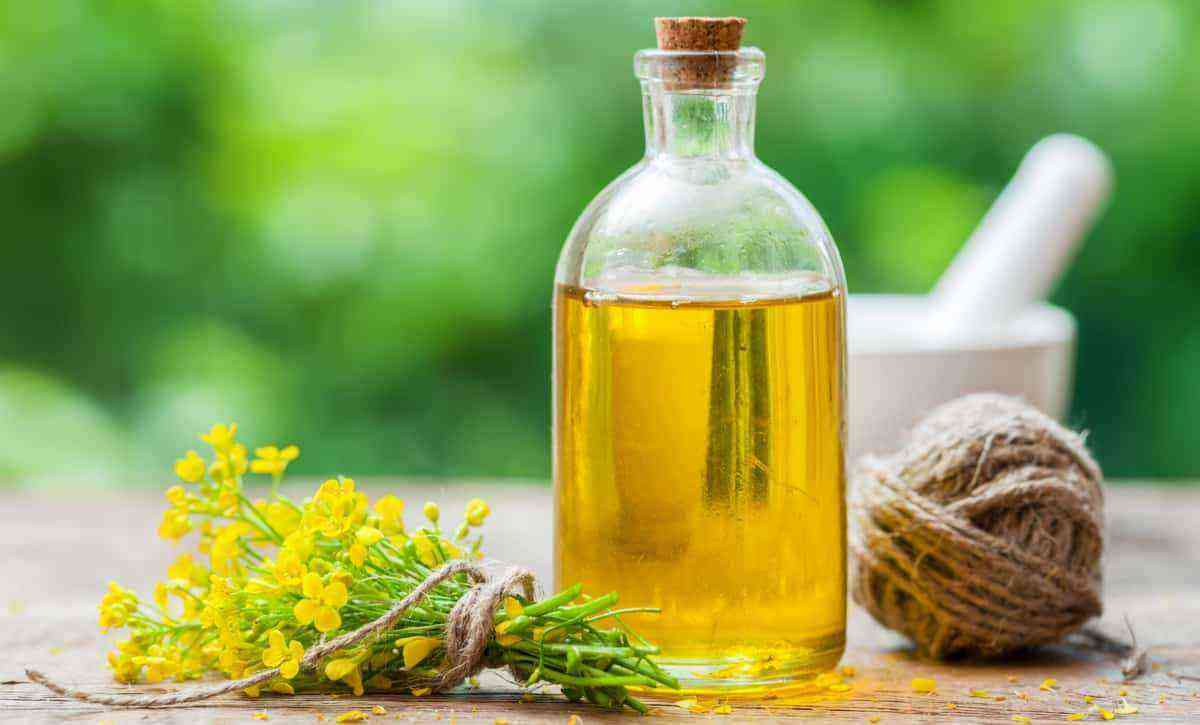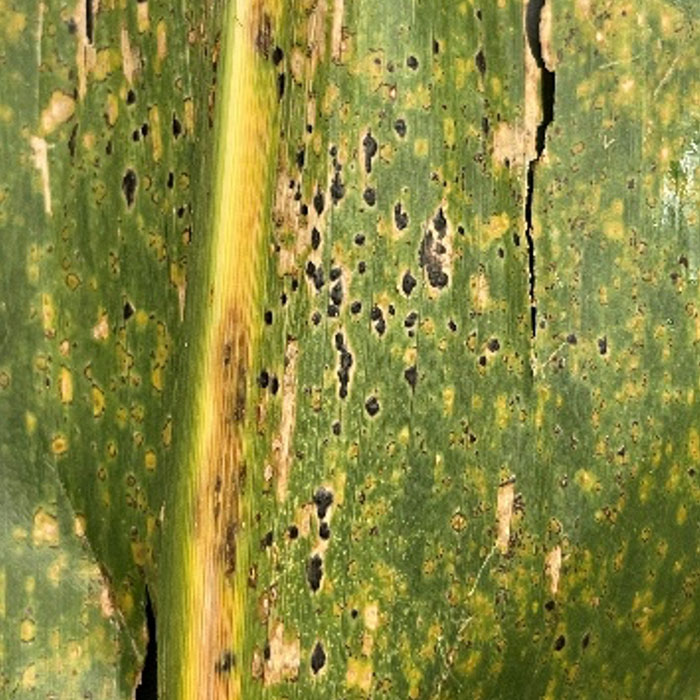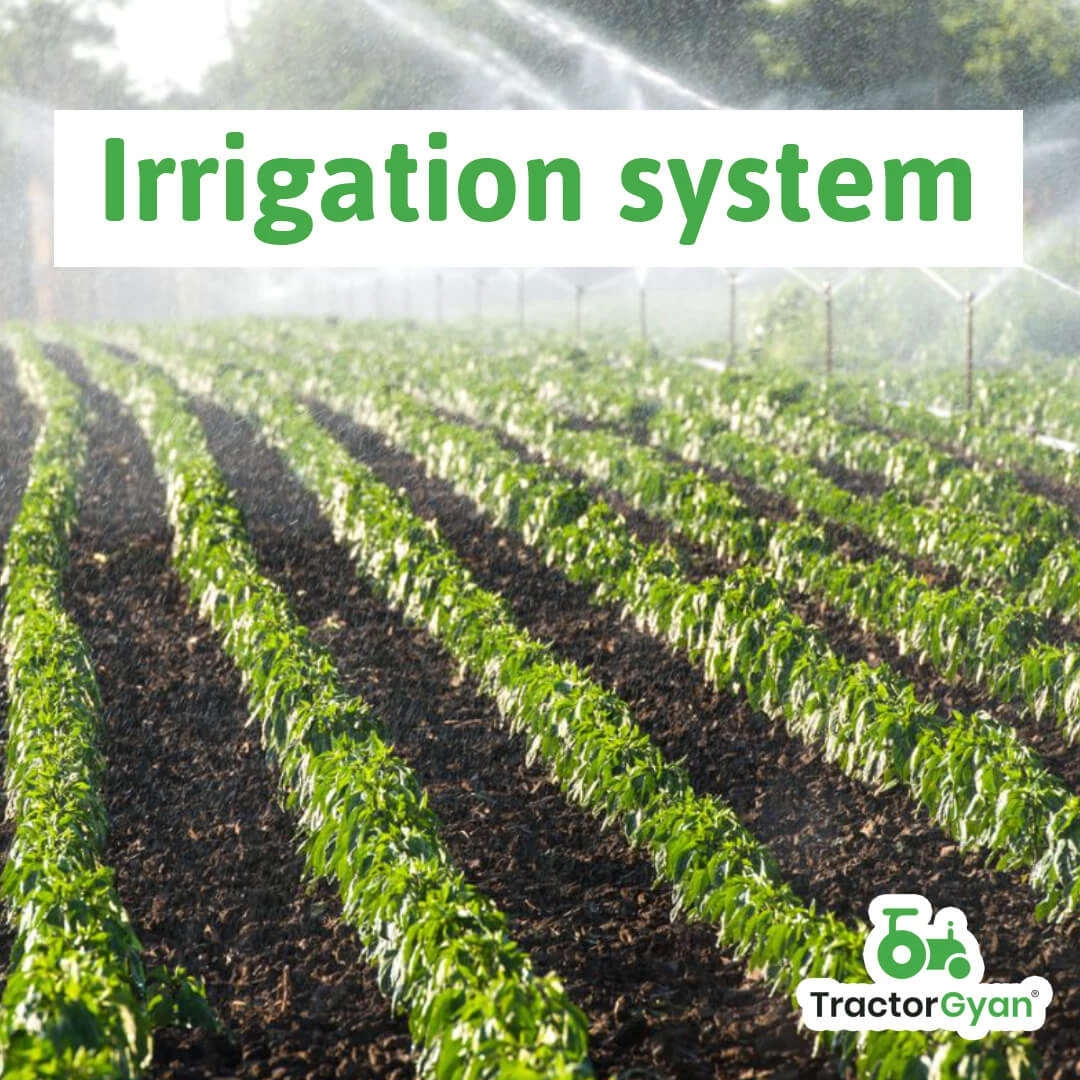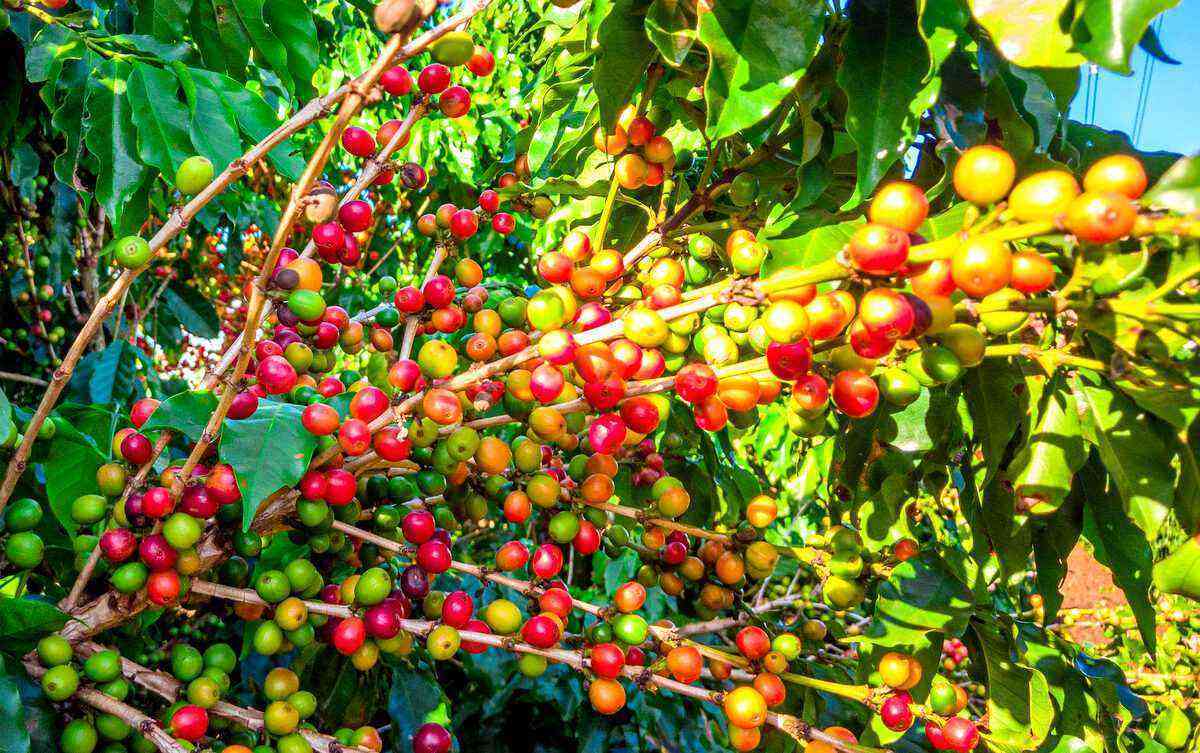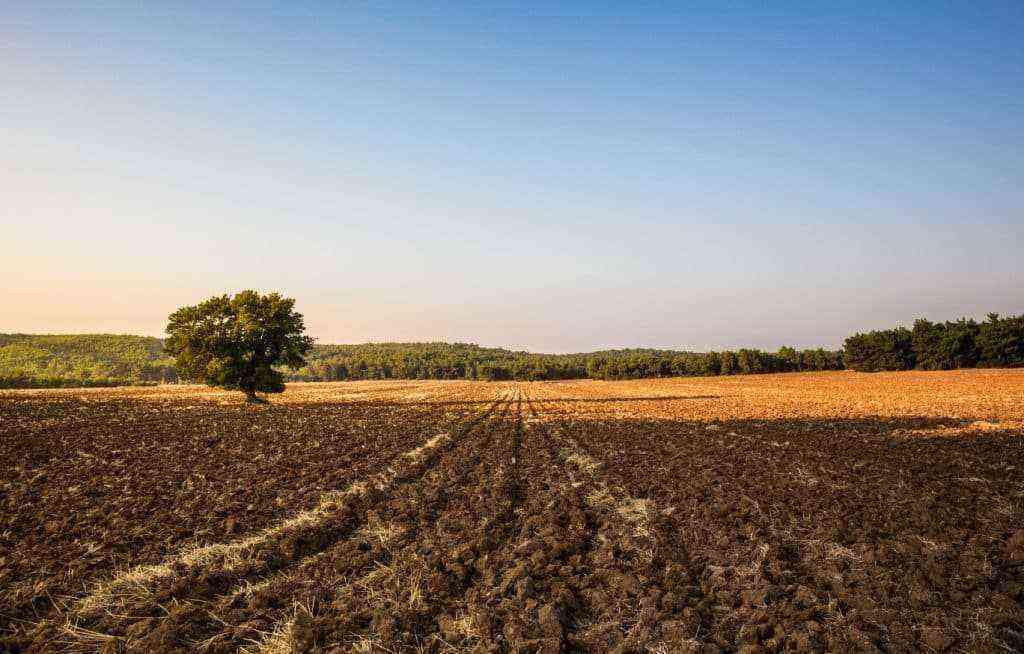Grass has different types and characteristics to meet the needs of the property or garden, whether in the countryside or in the city.
The vast majority are quite resistant to trampling, being used for places of passage. Other types of grass are for ornamental purposes only.
In addition, there are differences in terms of growth, shade of green, resistance to sun and shade, among other aspects.
So, in this post we will present 7 main varieties of grass, their characteristics and indications for your garden. Find out which one best suits your needs.
importance of grass
In addition to providing a dense and homogeneous soil cover, the grass acts as a water controller, especially rain.
It forms an area that allows water to infiltrate, facilitating drainage and preventing runoff and erosion.
different types of grass
For each grass there is a specific care, such as pruning, fertilizer, watering and even the height it should be. Below, check out the 7 types of grams:
1. Gram are carlos (Axonopus compressus)
Also called curitibana, raspim or evergreen, São Carlos grass is one of the types produced in Brazil. It is quite commercialized both here and in other countries.
Its leaves are broad, smooth and dark green in color. The stems of this species are creeping and abundant, with little upward growth.

Produced in Brazil, São Carlos grass is also exported to other countries. It provides good ground cover.
For this reason, it provides good ground cover. However, it should be planted in soils rich in organic matter, with a pH between 5 and 6.
São Carlos grass is quite versatile and adapts mainly to temperate, subtropical and humid tropical regions.
Its life cycle is long and it develops very well even in low-light spaces. However, as with all types of grass, it does not survive in full shade.
With regard to maintenance, it is recommended that the covering with earth be done in winter, as this is when there is a reduction in the volume of leaves. This makes cleaning and sanitizing the lawn easier.
2. Emerald Grass (Zoysia japonica)
Emerald grass is named for the color of its leaves, which are of medium height and width and root easily. Despite being a relatively new species in Brazil, it is already one of the most commercialized.
After all, this is due to a series of factors, ranging from its low cost to its high resistance to trampling, easy climate adaptation and good capacity to contain areas that can suffer erosion.
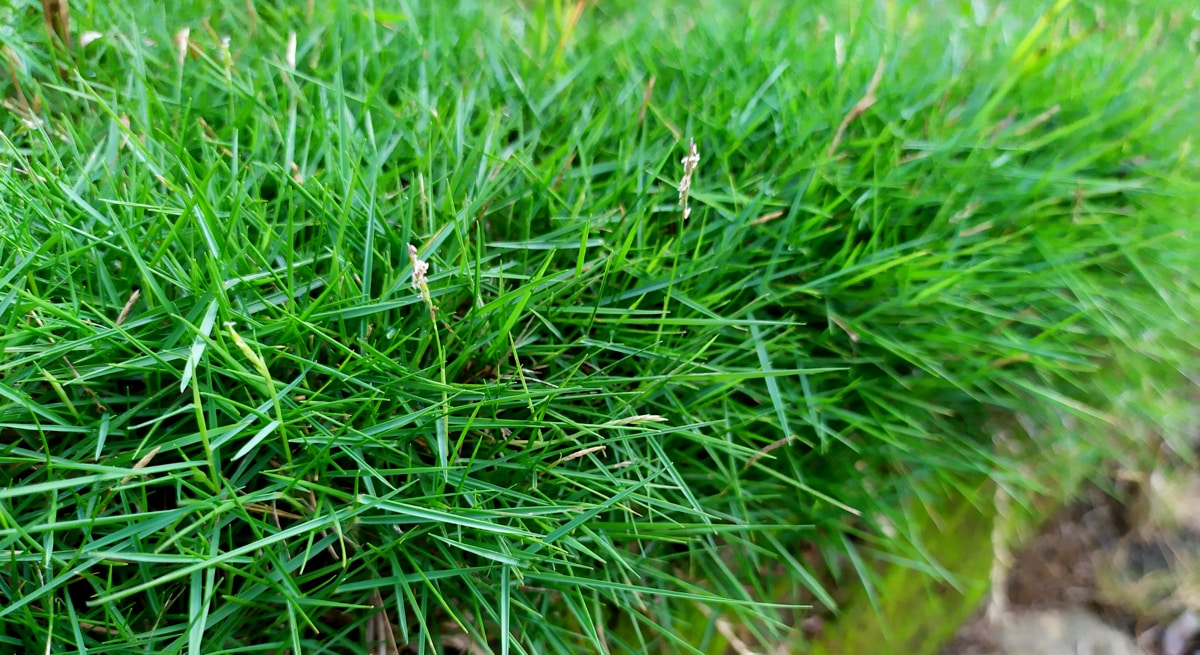
With vivid green, emerald grass makes up striking lawns and is suitable for uneven terrain.
This characteristic makes it one of the most suitable types of grass for slopes and uneven terrain. In addition, it develops well in hot climates, showing good tolerance to sun and drought.
Its slow growth facilitates maintenance, making pruning less frequent.
3. Bermuda grass (Cynodon dactylon)
Bermuda grass or bermudagrass draws attention for its intense green. At the same time that it has great softness, it also has strong resistance to trampling and great power and speed to regenerate even after suffering excessive wear.
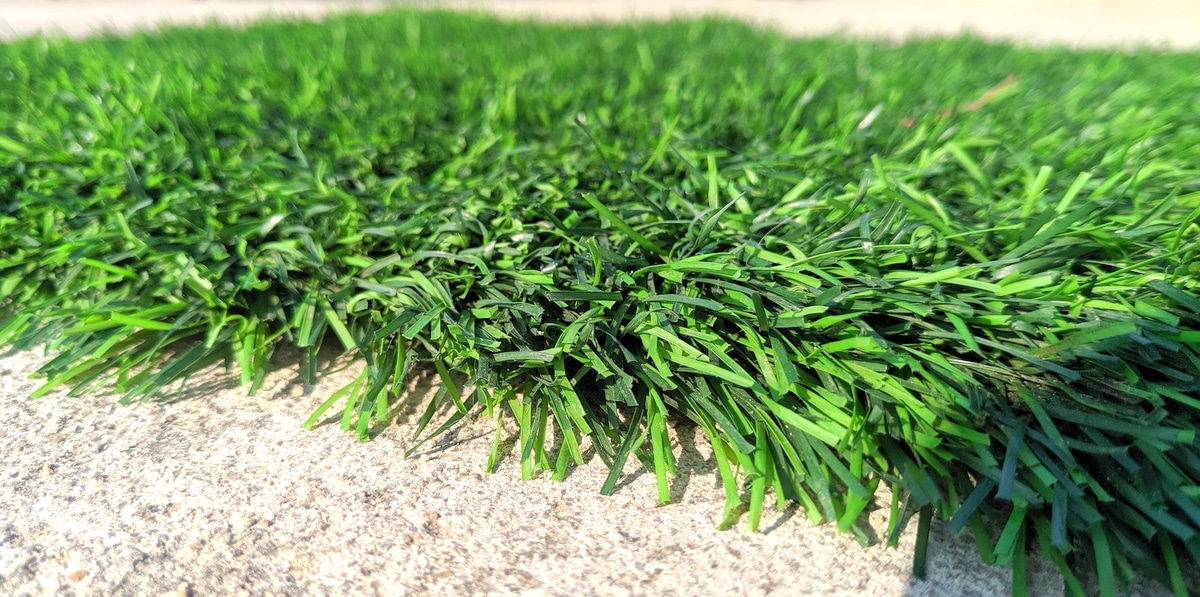
Bermuda grass has an intense green color and is suitable for high-traffic areas, such as parks.
Therefore, it is widely used in places of great circulation, such as parks, playgrounds, rural areas and sports fields, such as football, tennis, polo and golf.
This type of grass adapts best to full sun and resists high temperatures, surviving climates of up to 40°C. In addition, the soil must be rich in organic matter and its post-planting revitalization must be done with compost, limestone or urea.
To keep the lawn beautiful, it should be mowed whenever it reaches about 5 centimeters and be watered at least 5 times a week, always in the morning or at dusk.
4. Grass Saint Augustine (Stenotaphrum)
Also known as English grass, it has rustic-looking, dark, smooth leaves of medium width and length.
Because it is quite adaptable to the salinity of the soil, it is widely cultivated in coastal regions and environments with subtropical, equatorial and oceanic climates.
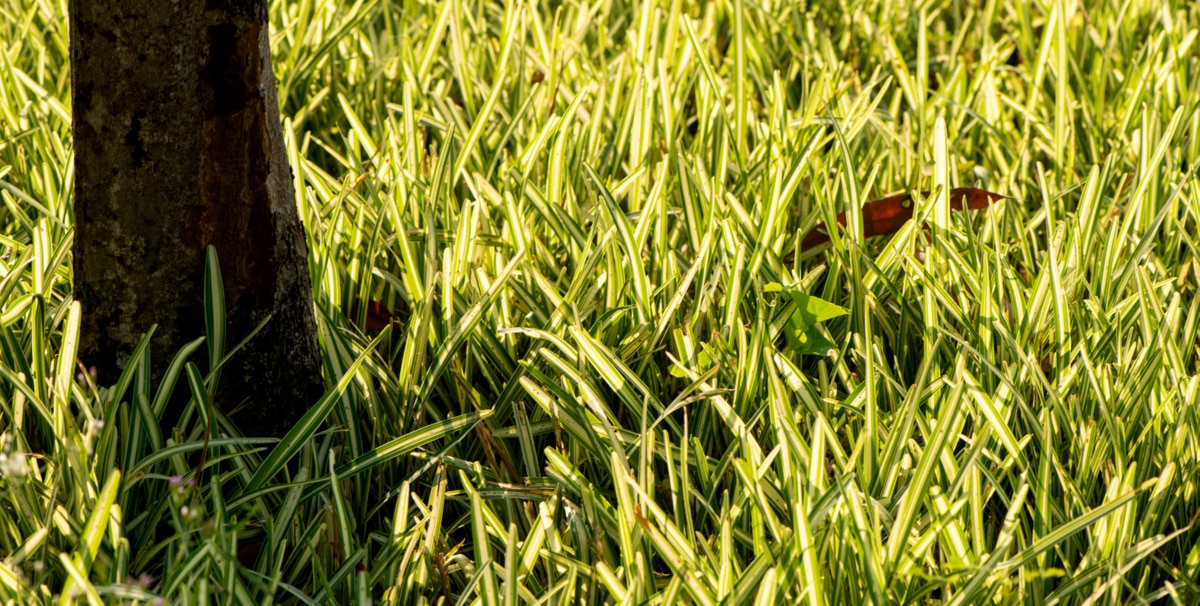
Saint Augustine grass is not very resistant to trampling, but it adapts well to places with poor lighting.
It is not very resistant to trampling. Therefore, its planting is not recommended in areas of high circulation, as the lawn will be thin and uneven.
Another feature is its resistance to pests and diseases, not requiring intense combat. Along with other types of grass, such as São Carlos and Santo Agostinho is certainly the one that most adapts to areas with low light.
5. Potato grass (Paspalum)
Potato grass is unique among grass types in that it cannot be grown in a nursery. Thus, its reproduction takes place by rhizomes or seeds.
Its leaves are long, voluminous and light in color. It grows best in full sun, tropical climates and low relative humidity.
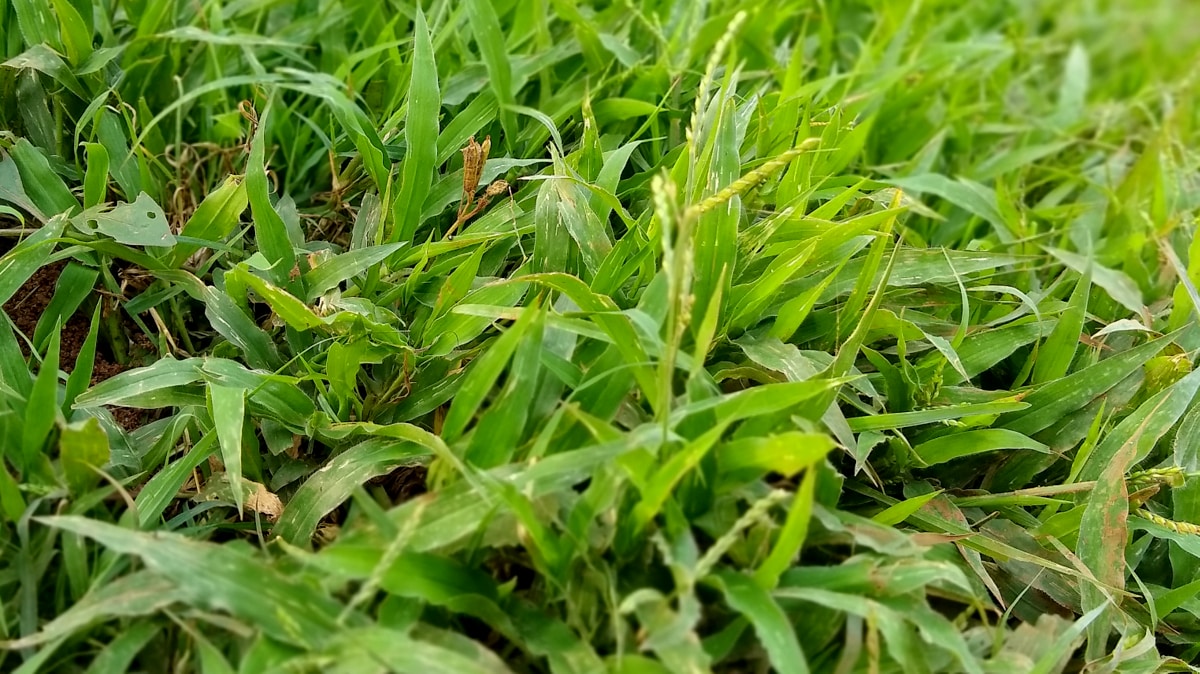
With leaves that are long and voluminous, potato grass is very efficient in preventing erosion.
This type of grass has a moderate tolerance for water shortages, which means that there is no need for constant watering, as is the case with Bermuda shorts.
Like the emerald, the potato is also very efficient at containing the soil and preventing erosion. Another advantage is its high resistance to trampling.
Thus, it is an excellent option for areas with intense circulation, including pastures and public areas.
6. Missionary grass (Axonpus affinity)
The missionary grass, Argentine or carpet grass has rapid formation, broad leaves and intense green color.
It is one of the very versatile types of grass and can be grown even in cold and frosty regions, as it develops well in low temperatures as well.
It adapts well to fully sunny places, but tolerates shading well and withstands waterlogging, as long as it is for a short period.
The choice of soil for planting also does not require much, and can be in damp land and even with little fertility. In these cases, fertilization can be done every six months.
It has high resistance to trampling and rapid regeneration, and is certainly a great alternative for gardens, soccer fields, sports spaces and even as a permanent pasture for animals.
Check out the work of agricultural research that seeks to multiply the giant missionary grass through seeds:
Source: Epagri Videos.
7. Korean grass (Zoysia tenuifolia)
Considered one of the most beautiful types, Korean (or Japanese) grass has very narrow, short and pointed leaves. It looks soft and is quite fragile.
Thus, it needs a soil rich in nutrients, regular irrigation and special care to have a good development.
Contradictorily, it plays the role of fighting weeds well, as it spreads well on the ground and suffocates unwanted plants, preventing their development.
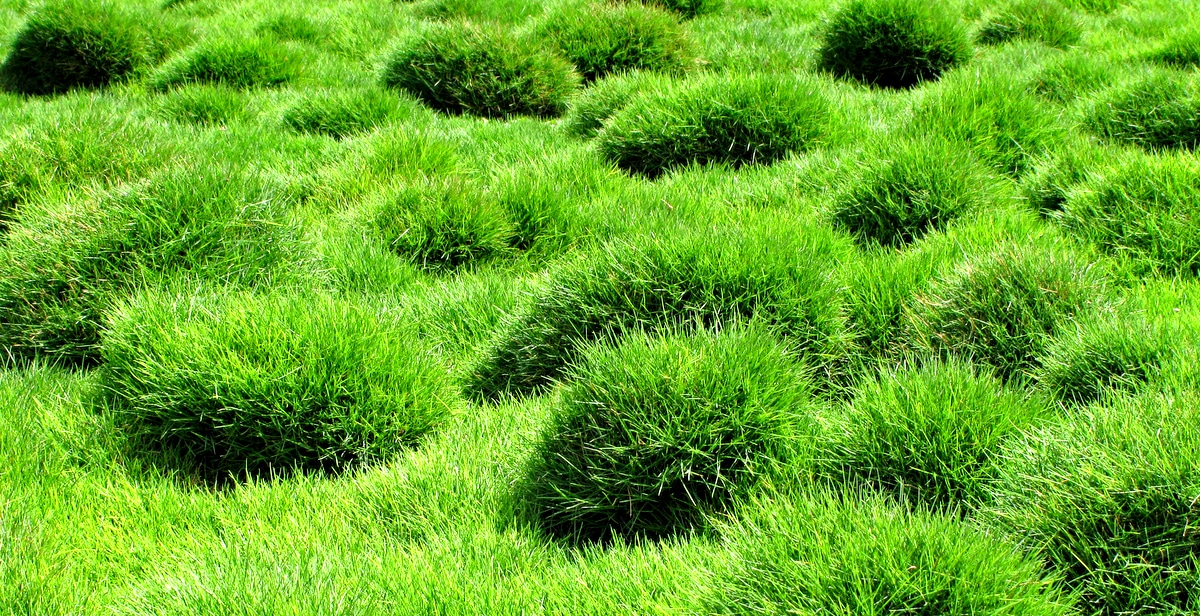
One of the most beautiful types of grass, Korean grass requires special care for good development.
Due to its low resistance to trampling, it should only be used in areas with little traffic. After all, due to its beauty, it is the favorite of landscapers and flower growers in the elaboration of ornamental projects.
Best Grass Types to Buy?
Now that you know the main types of grass, it’s easier to choose the one that best suits your needs, isn’t it?
In this way, to decide which is the best species for your case, pay attention to the indication of the climate, maintenance and circulation of the area where the lawn will be planted.
It is also essential to have reputable and specialized suppliers to deliver quality grass in the required quantity. Then, visit the MF Rural marketplace and talk to our advertisers.
See also: Types of palm trees: learn more to choose better.
